Headphones are an integral part of our everyday life, so much so that we never fail to notice when someone is wearing them. But have you ever wondered how exactly is a headphone made? What does it consist of?

Every earphone or headphone has the same basic mechanism in common, though there is something unique about every headphone. Regardless of whether you’re a proud owner of a pair of headphones/ earphones or someone who’s planning on getting a pair, it helps to understand the various parts of a headphone. The more you know about your little ‘bringer of joy’ the better you’ll enjoy your time with it. If you’re someone who’s looking to buy a pair, this will really help you in zeroing in on your desired pair of headphones. Without further ado, let’s read through and get to know the parts of a headphone.
Housing


It’s the big part that sits on your ear. Just kidding. In simple words, it is the part that houses your headphone’s drivers. From materials to design to different shapes, there seems to be no virtual limit to the variety of headphones available. The build, material and design of the housing also play a huge part in influencing the output, and even cost of the headphone. From wooden housings on the Meze 99 Classics to the metal backs on the V-MODA cans, there is a premium appeal to headphones with great aesthetics and design. The housings also affect the sound as different materials and shapes reflect sound differently within the headphones. Let’s look inside the housing.
Headphone Drivers


This is what drives your headphone, in short, the speaker that produces sound. It is fixed inside the housing. There are various driver technologies and driver sizes that are incorporated to make a headphone sound better. The most commonly used drivers are dynamic drivers.
Want to feel like a pro, let’s understand what a headphone driver actually is. It is actually a miniaturized speaker. If you have seen a speaker unit, it has a magnet, a diaphragm cone and a driver coil inside it. Just the same with a headphone driver.
As the electric signal passes through the magnet and the driver coil, it makes the diaphragm vibrate and generates sound. Generally, more powerful the magnet, better the audio. This audio is enhanced or affected by the structure of the housing in a desired and pre-planned manner to reach your ears, for an enjoyable listen.
With advancement in technology, you want your headphone to get better, right? These advanced driver technologies are here enhance your audio experience. Multiple dynamic drivers, Electrostatic technology and Planar magnetic drivers are the pinnacles of growth in headphone drivers.
Cables and Connectors


Think of it as the zip line between the source of music and your headphone. The zip line, that audio, like an adrenaline junkie travels through for an exciting outcome. The cable has one job and one job only — to dutifully carry the audio signal from your source to the headphone. Copper cables with plastic cladding are generally the usual design found in most headphone cables. Premium brands have kevlar cables that are made up of hard fabrics that prevent the cable from breaking (this is the same material used for bullet-proof jackets). Some earphones have flat cables to make them tangle-free. Some cables house an inline mic and button for accepting calls and other functionalities.
For headphones, a 3.5mm connector is standard since the last decade. The 3.5mm pin is sometimes coated with gold or silver for better connectivity and durability. Professional grade and Audiophile headphones have 6.3mm TRS connector pin that is mostly used in Studio and Live Sessions. The Audeze LCD-3 and Beyerdynamic DT 1990 have 6.3mm pins. Various higher-end headphones and amplifiers also use a 4-Pin XLR Connector. These connectors are used for professional purposes to carry balanced signals. Another balanced pin is the 2.5mm mini connector that is seen on Digital Audio Players and some headphones. Treat your cables with care, don’t wind them up tightly and make sure to clean them if they’re dirty - just a few pointers on how to enhance the life of your headphones.
There’s always the option of going wireless. But while wireless gives us the freedom from wires, most audiophiles would not prefer one as wireless technology has not yet caught up with the audio output of a wired headphone.
Headband


Well, there needs to be something that your headphone can rest on. Your head is the best it gets. Not the case with in-ears of course. On-ears and Over-ears mostly have headbands that support the headphone housing to rest on the ears. From plastic to metal to leather, many high-grade materials are used for headbands; The reason being that various materials offer different kinds of fit and comfort. It is important that the headband should be light and not cumbersome to use. Some headbands are bendable to cater to a variety of head sizes of listeners. In-ears being used for pro-sport and workouts have earhooks or neck-bands that help in keeping you tuned in while you move freely.
Another part of headphone bands are extenders. They help in adjusting the headband size for a better fit. Some headphones have a rotating and swivel mechanism for earpads for a better angle of fit. There are headbands that are collapsible too, for better portability like the Audio-Technica ATH-M50x.
Earpads


You can call it earpads or ear cushions. Its primary objective is to make sure that the driver sits at a particular distance and angle from your ears. It is fashioned to facilitate that and a comfortable fit during use. Premium headphones have soft leather paddings for those long listening sessions. Fabric and leather are mostly used for these cushions that make you want to wear the headphone all day long. Replaceable pads are available for many headphones when the material wears out.
For in-ears, ear tips are designed to sit plush and just a little bit inside the ear canal. Made of soft, flexible materials like silicone, memory foam and others, ear-tips are usually pretty good at isolating noise. One can enhance their earphone experience by trying out foam eartips from Comply - a brand with a variety of options to help you acquire that perfect fit and feel. Using one’s inherent body heat, Comply eartips expand and fit the shape of one’s ear. A good option to consider if your current in-ears are feeling uncomfortable.
So, how’d you like that? Well, hope it has helped you care for and understand the mechanism of your beloved headphone better. It’s like they say — if you love something, get to know all about it. What? Let it free? Absolute nonsense. With headphones, the only way to fall deeper in love is to get as intimate as possible. Put on your favourite pair, tune in and forget the world.
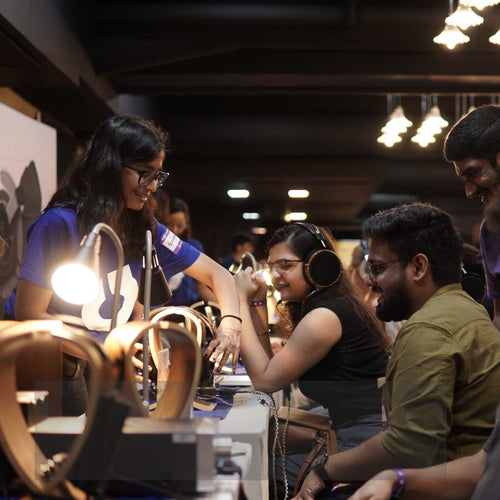
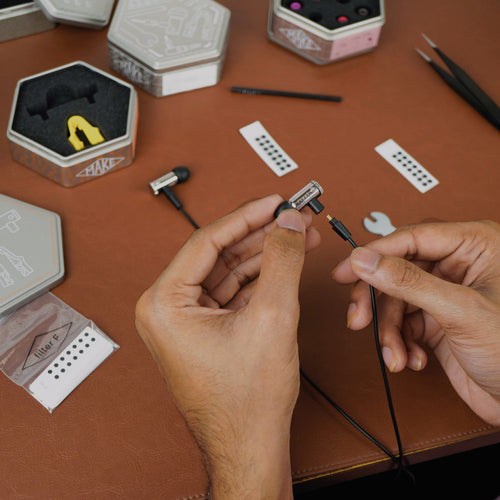
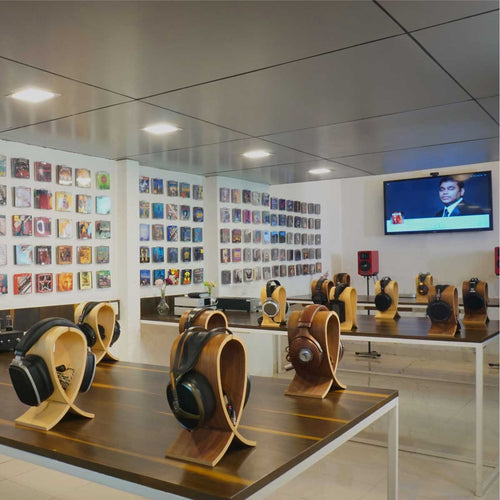


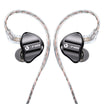

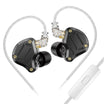
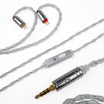
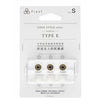
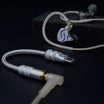

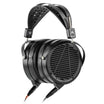
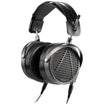
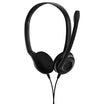
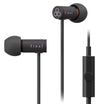
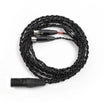
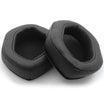
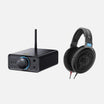
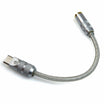
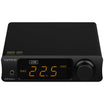
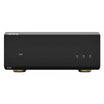
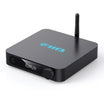
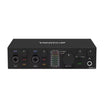
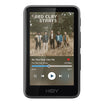
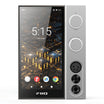
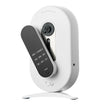
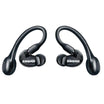
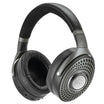
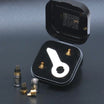
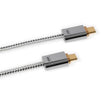
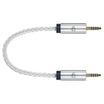
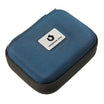
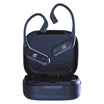
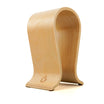
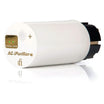
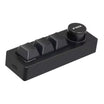
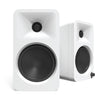
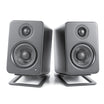
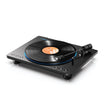
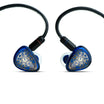
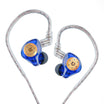
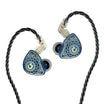
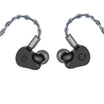
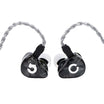
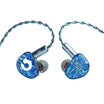
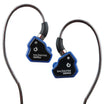
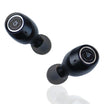
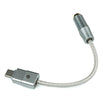
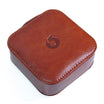
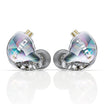
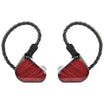
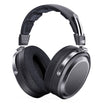
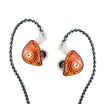
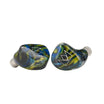
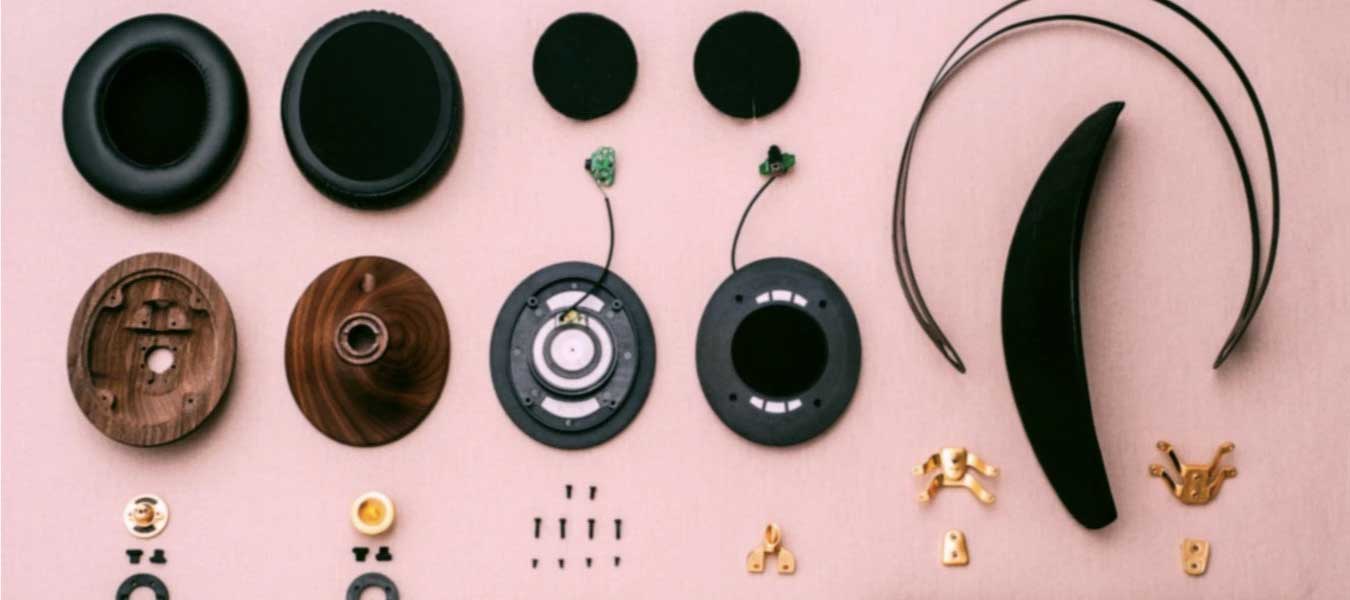
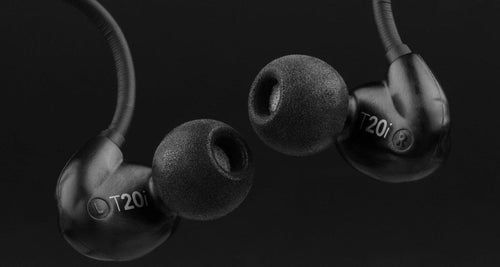
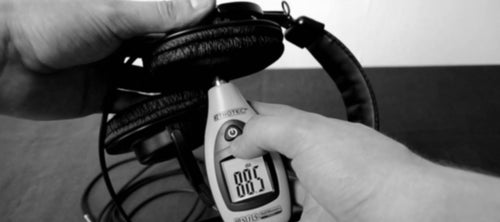
Leave a comment
This site is protected by hCaptcha and the hCaptcha Privacy Policy and Terms of Service apply.